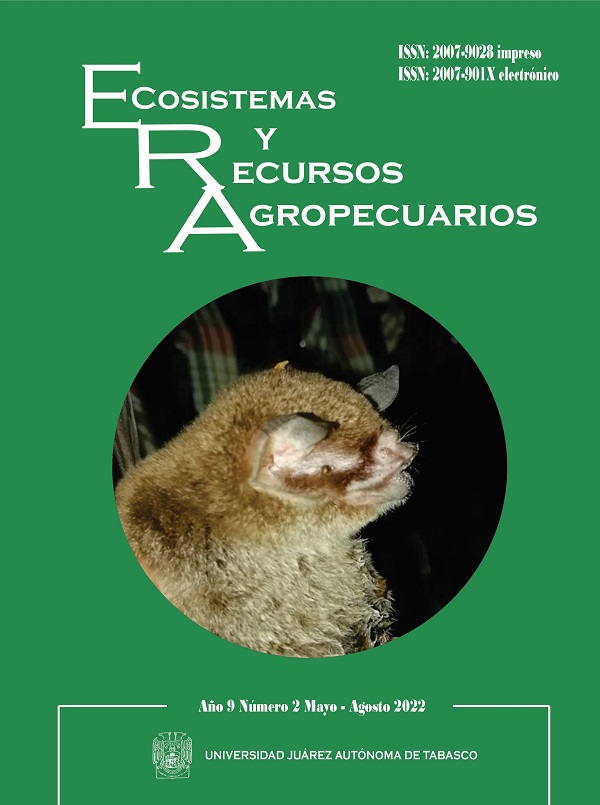Kefir, source of hydrolase enzymes and bacteria with potential to degrade pet-type plastics
DOI:
https://doi.org/10.19136/era.a9n2.3280Keywords:
PET hidrolasas, Kéfires, consorcios microbianosAbstract
Kefir is a fermented milk product that contains a symbiotic microbiota that generates health benefits by synthesizing different metabolites and enzymes with diverse metabolic capacities. For their part, synthetic plastics used in the home and industrial sectors have caused an environmental problem around the world due to excessive use, their high durability and lack of recycling. For this reason, Kefir consortia are studied as a source of hydrolytic enzymes and microorganisms capable of degrading plastics. For this, two kefir metagenomes (NCBI under the BioProject PRJNA704713) were analyzed, using bioinformatic tools, aimed at the search for sequences homologous to hydrolases, as well as the isolation of microorganisms that degrade PET-type plastics. The results obtained allowed the identification of two kefir sequences homologous to the dienelactone hydrolase enzyme (DLH-1 and DHL-2), which can participate in the degradation of plastic compounds. Both sequences presented a shared domain with the alpha/beta hydrolase superfamily; this type of motif has been observed in PET hydrolases obtained from different species of actinomycetes. Likewise, microorganisms with the capacity to degrade PLC plastics were isolated, suggesting that they possess enzymes with hydrolytic activity of industrial compounds for the manufacture of PET. In conclusion, our data demonstrate that kefirs are sources of hydrolytic enzymes of PET hydrolases and that it is possible to isolate PET-degrading microorganisms from them.
Downloads
Downloads
Published
Issue
Section
License
Copyright (c) 2022 Ecosistemas y Recursos Agropecuarios

This work is licensed under a Creative Commons Attribution-NonCommercial-ShareAlike 4.0 International License.
Aviso de copyright
Los autores que se envían a esta revista aceptan los siguientes términos:
una. Los autores conservan los derechos de autor y garantizan a la revista el derecho a ser la primera publicación del trabajo con una licencia de atribución de Creative Commons que permite a otros compartir el trabajo con un reconocimiento de la autoría del trabajo y la publicación inicial en esta revista.
B. Los autores pueden establecer acuerdos complementarios separados para la distribución no exclusiva de la versión del trabajo publicado en la revista (por ejemplo, en un repositorio institucional o publicarlo en un libro), con un reconocimiento de su publicación inicial en esta revista.
C. Se permite y se anima a los autores a difundir su trabajo electrónicamente (por ejemplo, en repositorios institucionales o en su propio sitio web) antes y durante el proceso de envío, ya que puede conducir a intercambios productivos, así como a una cita más temprana y más extensa del trabajo publicado. (Consulte El efecto del acceso abierto).


